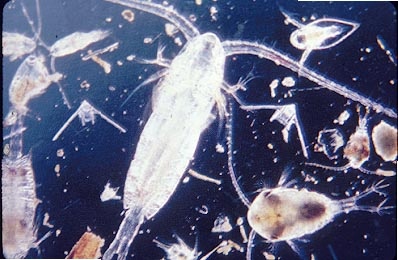Today we talked about the various zones of the ocean as well as microorganisms that flow in the currents known as plankton. One of the areas of the ocean is the Benthic Zone, which is the bottom of the water. This includes the deep ocean floor of great depths along with a lot of pressure. Because there is little to no sunlight in this area, there are few organisms that live here, but there are some that perform chemosynthesis to react to such conditions. The other region of the ocean is the open water or Pelagic Zone. It has both horizontal and vertical provinces with regions such as the Epipelagic, which has sunlight for photosynthesis, and also the Hadalpelagic, which has depths of 8000+ meters and trenches. The next topic we discussed were plankton and how they use the currents to move. There are holoplankton and meroplankton in which holoplankton spend their entire lives as plankton and the meroplankton do not. Plankton can also be classified as either phytoplankton or zooplankton. Phytoplankton are “plant-like” and perform photosynthesis while zooplankton are “animal-like” and feed on phytoplankton. Also, phytoplankton can sometimes create harmful algal blooms that can make marine life and humans very ill or reach death. This information on the various zones of the ocean is useful in knowing what organisms are present at each depth and also for what we may see while in the water. Being familiar with plankton allow us to understand how these microorganisms are so beneficial in the lives of other creatures and also to tell of possible harmful concerns that may emerge. All of this information will be taken into consideration as my partner and I prepare to discuss and article on Monday. I hope it goes well!!!
© © 2024 by Jesuit College Preparatory School of Dallas




